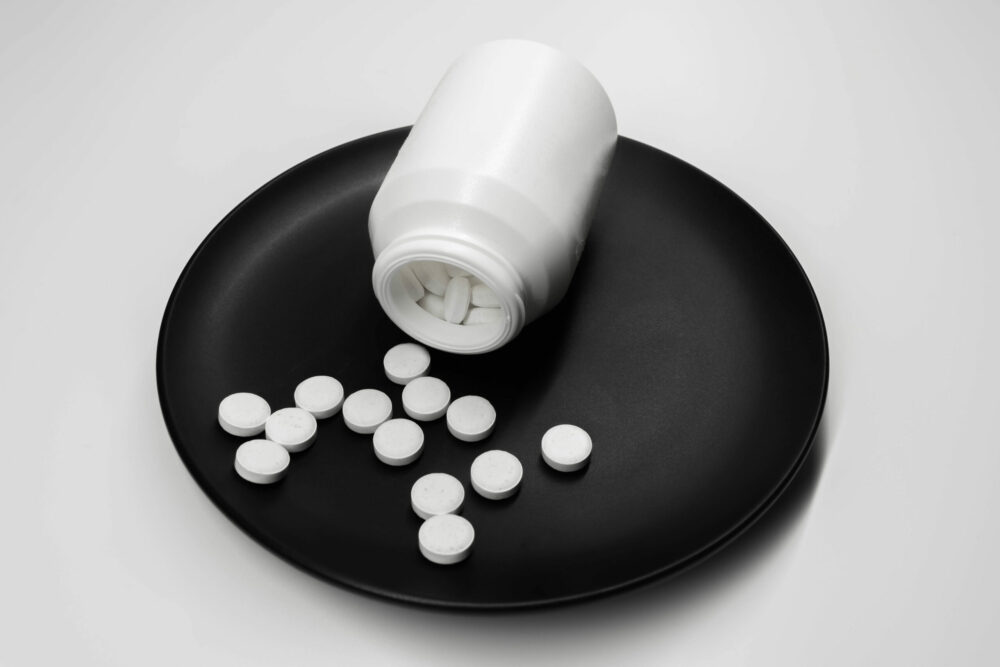Vahesumma 0
Twenty-four-hour plasma tryptophan concentrations and ratios are below normal in obese subjects and are not normalized by substantial weight reduction
– by L. Breum, et al. (2003).
Introduction
Plasma tryptophan concentrations and the ratio of tryptophan to other large neutral amino acids (plasma tryptophan ratio) are reportedly low in obese subjects. The plasma tryptophan ratio predicts brain tryptophan uptake and serotonin production. If this is low in obese subjects, serotonin function may also below. Serotonin neurons in the brain participate in the control of appetite. In general, serotonin neurons function in neuronal circuits that diminish food intake. Plasma tryptophan concentrations and ratios have been measured only at single time points in obese subjects; it is not known whether low values for these two variables persist throughout a 24-h period. The objective of the study was to determine whether plasma tryptophan concentrations and ratios in obese subjects are lower than those in normal-weight subjects throughout a 24-h period and whether they increase when body weight is reduced.
Methods
The original group consisted of 18 obese patients and 18 sex- and age-matched non-obese subjects. 9 obese patients completed the weight-loss program and their age- and sex-matched nonobese counterparts formed the groups examined in the study. The obese subjects participated in a structured, outpatient weight-loss program to achieve ideal body weight. During the initial phase of the program, the subjects consumed a very low-energy diet (Nupo). When body weight had decreased to ≈ 130% of ideal body weight (6-17 mo) the patients were instructed to discontinue the VLCD and begin consuming a 5 MJ/d diet of normal food items. When ideal body weight was achieved or when no further weight could be lost, the patients were instructed to begin consuming a basic 8 MJ/d diet. Sampling in post-obese patients was performed after body weight had remained stable (±1.5 kg) for ≥ 1 mo after switching to the last diet program.
Plasma tryptophan concentrations and ratios were examined in obese subjects before, after weight loss, and in nonobese control subjects. Blood samples were drawn frequently throughout the 24-h period. An insulin tolerance test was also used to demine whether weight loss altered the ability of insulin to modify plasma concentrations of tryptophan and of the other large neutral amino acids.
Results
Plasma tryptophan concentrations and ratios in obese subjects were low at all times; these effects persisted after weight reduction. Plasma concentrations of all the large neutral amino acids decreased during insulin infusion in all the groups.
Conclusion
In relation to the present findings, such results predict that when serotonin transmission is low, appetite will be stimulated. The persistently lower plasma tryptophan ratios observed throughout the day and night in the obese subjects than in the normal-weight control subjects support the notion that brain tryptophan uptake and serotonin synthesis in obese subjects may be abnormally low. The fact that the plasma tryptophan ratio remains persistently low after weight reduction further suggests that the formerly obese may struggle against a biochemical signal oriented toward increased appetite and food intake. We conclude that the low 24-h plasma tryptophan ratios in obese and formerly obese subjects suggest that brain tryptophan uptake may be continuously diminished and may remain below normal despite weight reduction.
For the full study, click here.

















